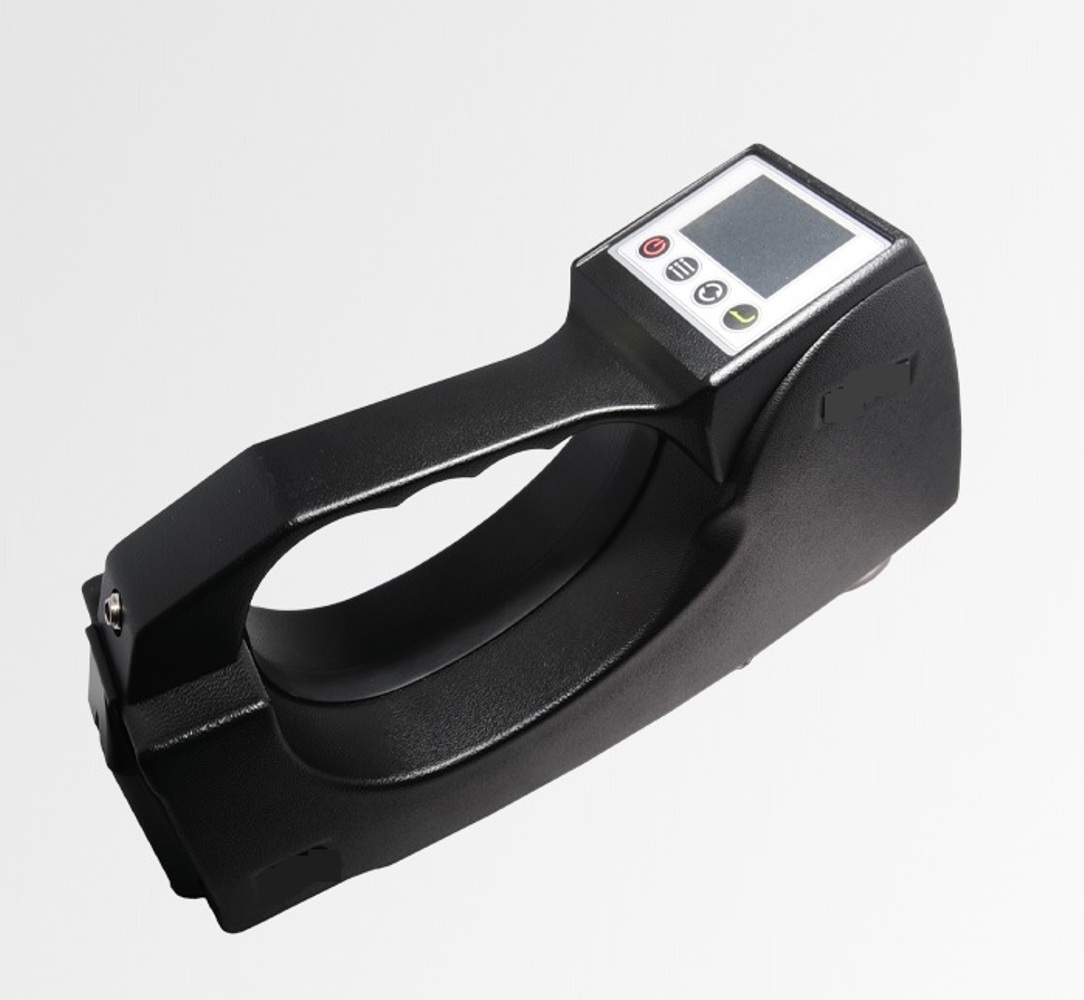
The global market for rheumatoid arthritis treatments is expected to grow at a CAGR of...
Learn More
Our consulting solutions address company specific challenges with respect to micro environment...
Learn More
Organizations frequently need day-today research guidancein order to gain strategic...
Learn More
Exploring different areas of market research and market analysis is a key factor...
Learn MoreAcute Market Reports presents the most extensive global business research services across industries. Our research studies focus on potential outcomes, benefits, and risks associated with each market segment across geographies. Having served our global clients for more than 10 years, our prime priority is to enable our clients in making well-informed business decisions through a data-driven, analytical, and uncomplicated research approach.
We provide access to the world's most comprehensive, analytical, and updated business intelligence services and solutions.




The global CO2 capture and recovery market is expected to grow at a steady rate in the coming years, with a projected CAGR of over 9.2% during the forecast period 2025-2033. The market is driven by increasing government regulations and policies to co...
Read More
The ceftriaxone market is expected to grow at a CAGR of 3.1% during the forecast period of 2025 to 2033, driven by its efficacy in treating multi-drug resistant infections, the rising incidence of bacterial infections, and the exploration of new ther...
Read More
The explosive detectors market is expected to grow at a CAGR of 12.2% during the forecast period of 2025 to 2033, driven by increasing global security concerns, technological advancements in detection systems, and substantial government investments in security infrastructure. Despite the high cos...
Read More




